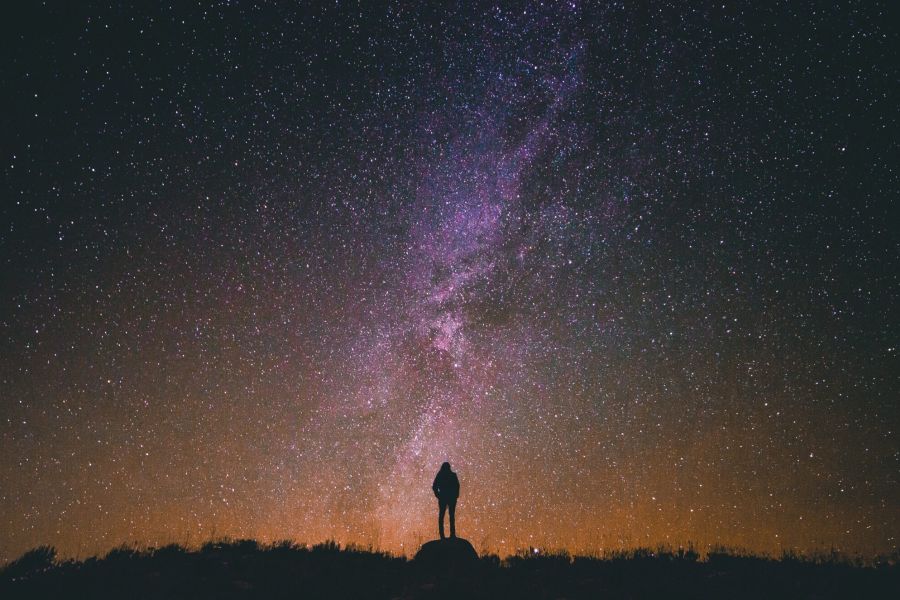Seeing Stars: lights off, stars (and nature) on

Last Sunday Sept 25th night there was the beautiful event entitled Seeing the Stars for which many streetlights, garden lights and all other types of lights were switched off from 22.00-23.30. This was to create citizens awareness for light pollution. A quote by Daan Roosegaarde – initiator together with many Leiden scientists: by doing less, seeing more….after all switching off the light, gives more stars to watch. Or as BioClock we could even say; by doing less, bringing nature its vitality back.
Frans Snik (Univ Leiden) Norbert Schmidt (DDQ) and the Citizens Science lab employees requested residents to measure light pollution with an app before and after 22:00 – 23.30 hours. The citizens to use the DarkSky app (available for iphones and androids) representing a low-cost variant for consumer cameras, iSPEX, with universal smartphone support. Smartphones enable citizen science measurements which are significantly more scaleable, in space and time, than professional instruments. Getting citizens active in measuring, also initiates to optimize pollution monitoring networks and collaborations to optimize measurement devices. If you want to help map light pollution; wherever you are on earth, download the Loss of the Night app from Google Play or the iOS Dark Sky Meter app from the App Store.
These measurements work best when the sky is clear. This was not fully the case on Sept 25th. Therefore, currently the team is working on launching a longer campaign to measure light pollution in Leiden. Other actions are that we will compare the measurements done with all different citizens devices to the professional SkyQualityMeter placed on the rooftop of the Sterrewacht.
The Leiden University wrote a great article about it: Seeing Stars: Jupiter steals the show in cloudy night skies.

Some background information: The DSM app has been developed by Norbert Schmidt to read and display the dark and sky values. The calibration is intended to reproduce the values obtained by a SQM photometer. The app is based on the camera of the phones that are CMOS sensors. The app reads the camera video output that is expected to respond linearly to the incoming light, i.e. double of signal for double of incoming light. The response or sensitivity is different for different camera models and mobile phones. The night sky brightness value is displayed at the screen of two successive measures made by the user. The first one is to calibrate – to determine the dark value with the camera phone covered in order to prevent light to be registered. This reference dark level depends on the phone camera temperature and should be measured before any scientific measure. The ‘Sky measure’ is obtained next to the ‘dark measure’ with the camera aimed to the zenith (vertical line of sight). The code performs some simple operations to obtain the dark subtracted measure (‘outcome’) and to transform the ‘outcome’ to the night sky brightness value using the calibration for each smartphone model. One interesting extra feature of the DSM app is the possibility to submit the measure to the DSM repository to share the data. These values, along with the GPS position and date, are displayed at https://www.darkskymeter.com/index.html . The Dark Sky Meter data is currently sent to the Globe At Night initiative by NOIRLab.

The BioClock Consortium is funded by the NWA-ORC programme of the Dutch Research Council (NWO; project number 1292.19.077).